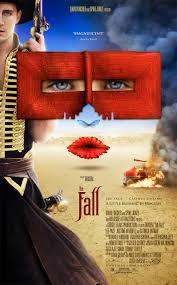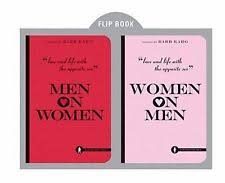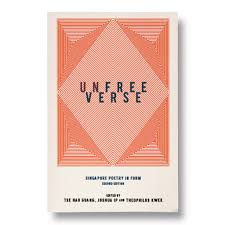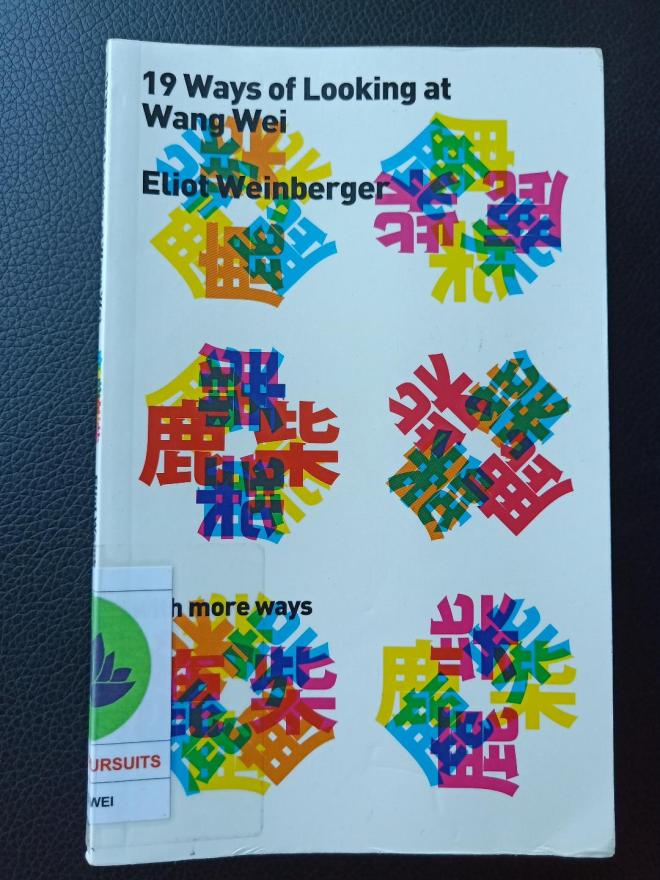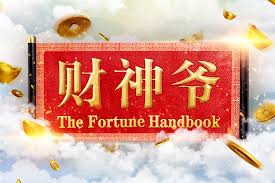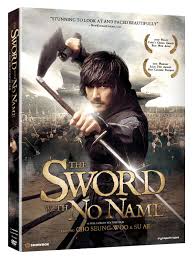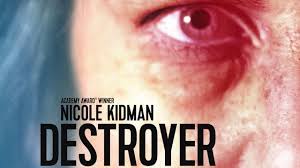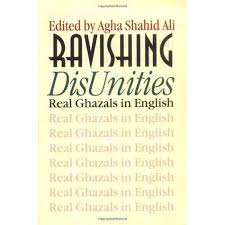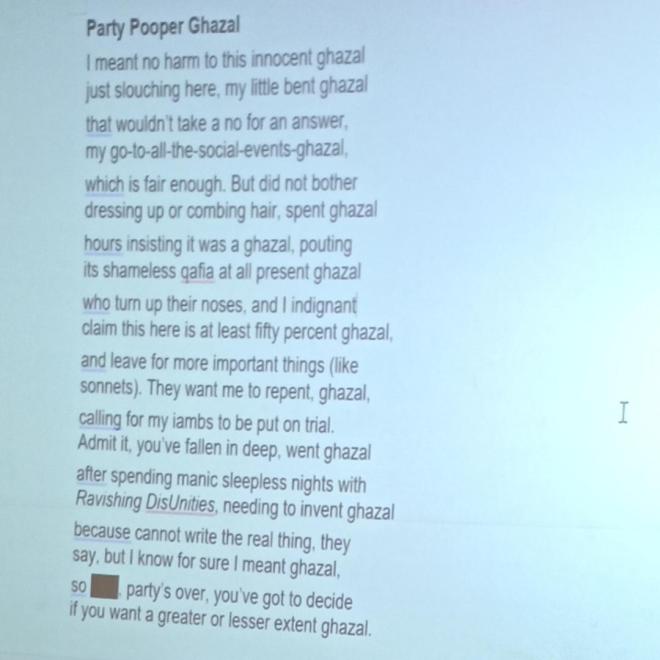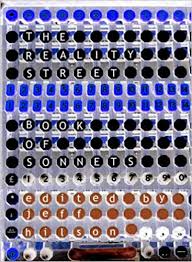
This anthology of linguistically innovative sonnets written by British poets and edited by Jeff Hilson (a senior lecturer in Creative Writing in Roehampton University, London) is one of the books available for loan at the Leaky Pot Poetry Workshop recently.
It is not just another modern sonnet anthology. It delves more thoroughly into the myriad ways poets have stretched, deconstructed and re-composed the venerable form: free verse sonnets, prose sonnets, offbeat takes on the sonnet tradition and even visual and concrete sonnets.
Some points for me to remember:
- The sonnet has become a focal point for some of the issues surrounding the so-called poetic wars.
- As a form the sonnet is fiercely guarded; to disturb the sonnet form (14 lines, octave & sestet, rhyming couplets, volta etc) is to endanger the foundations of the wider poetic tradition.
- Some sonnets are objects of fear and wonder.
- Milton “cultivates” the Italian sonnet.
- Wordsworth gives the form “organic life”.
- Gerald Manley Hopkins gives more to a consideration of content.
- Sonnets written by women poets are engaged in lyric ideology, beauty and pleasure. For example, Bernadette Mayer’s sonnets come in all shapes and sizes and refuse to be bound by conventional forms, except for her repeated use of the couplet.
- The different linguistically innovative sonnet especially in other cultures such as Canada, Australia and New Zealand. Fro example, Peter Minter and Michael Farrell (Australians) use the sonnet to extend and consolidate, practise innovating with inherited form.
- A radical defamiliarisation of the form, to “make it new” in poems by E E Cummings and Louis Zukofsky.
- Syntax becomes increasingly disjunctive, disturbed by punctuation (hyphen-dashes, question and exclamation marks, italics, parenthesis, ellipses, colons, semi-colons and so on).
- Effect is the opening up of a traditionally closed form. Content is led not by the traditional lyric subject but by letting language go.
- Form is a heightening of poetic artifice but which the lyric subject is not natural or given by a performance.
- Popularity of the sonnet sequence like those written in free verse and prose sonnets.
- Sonnets are beautiful, as things “irritating annoying stimulating”.

